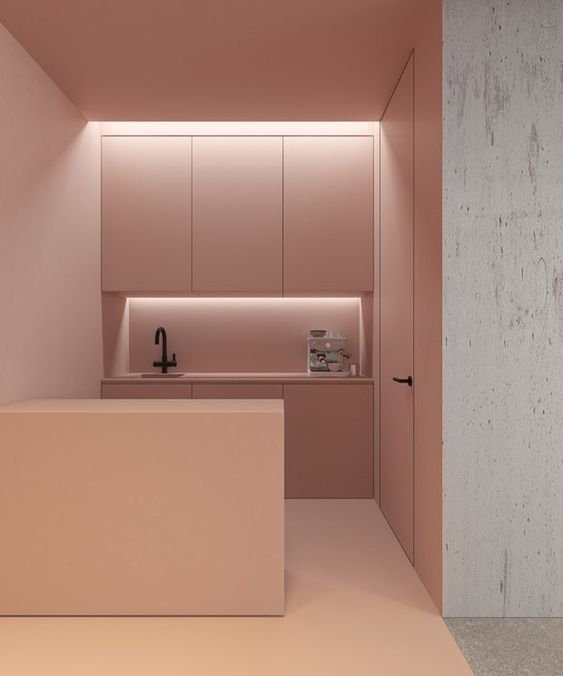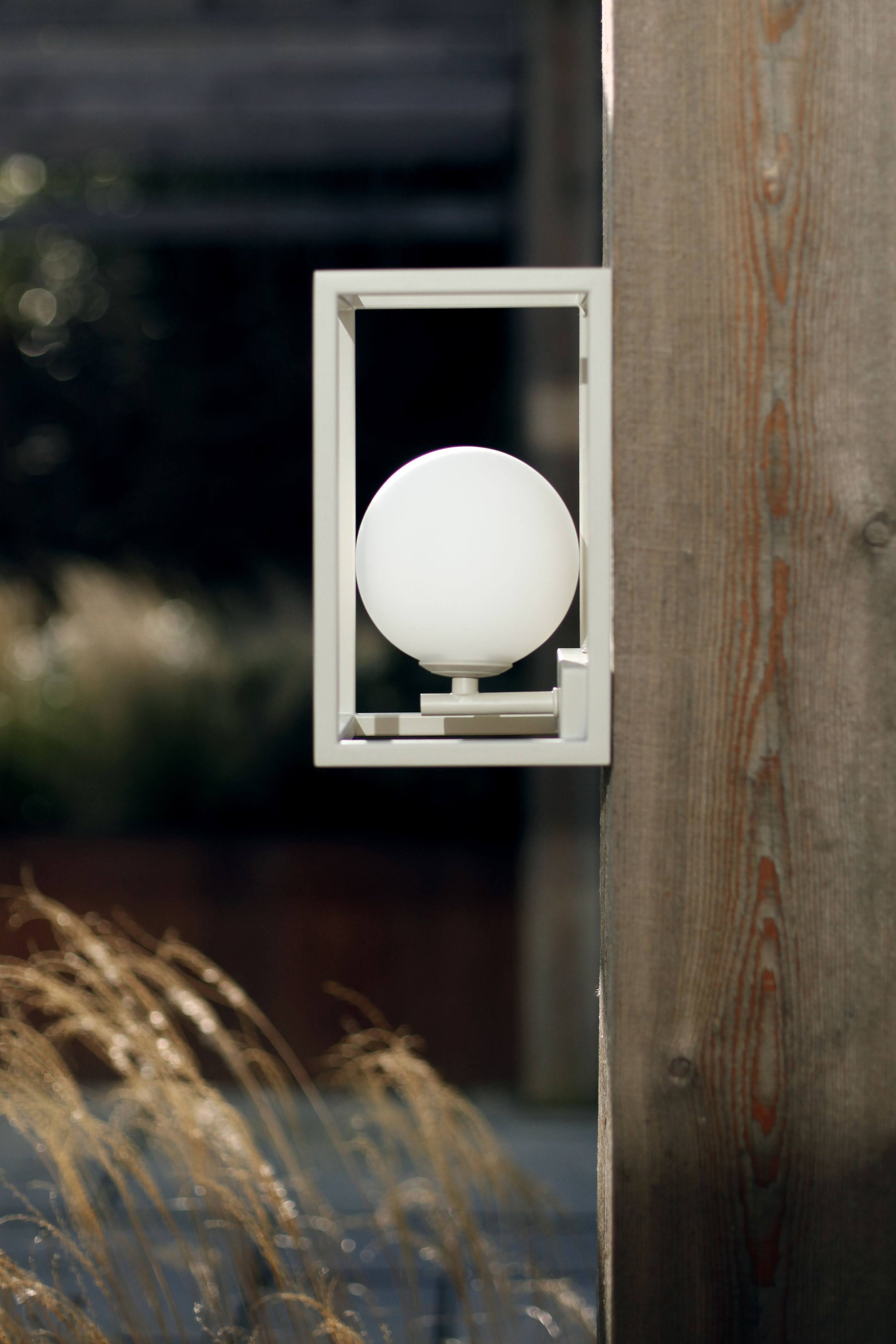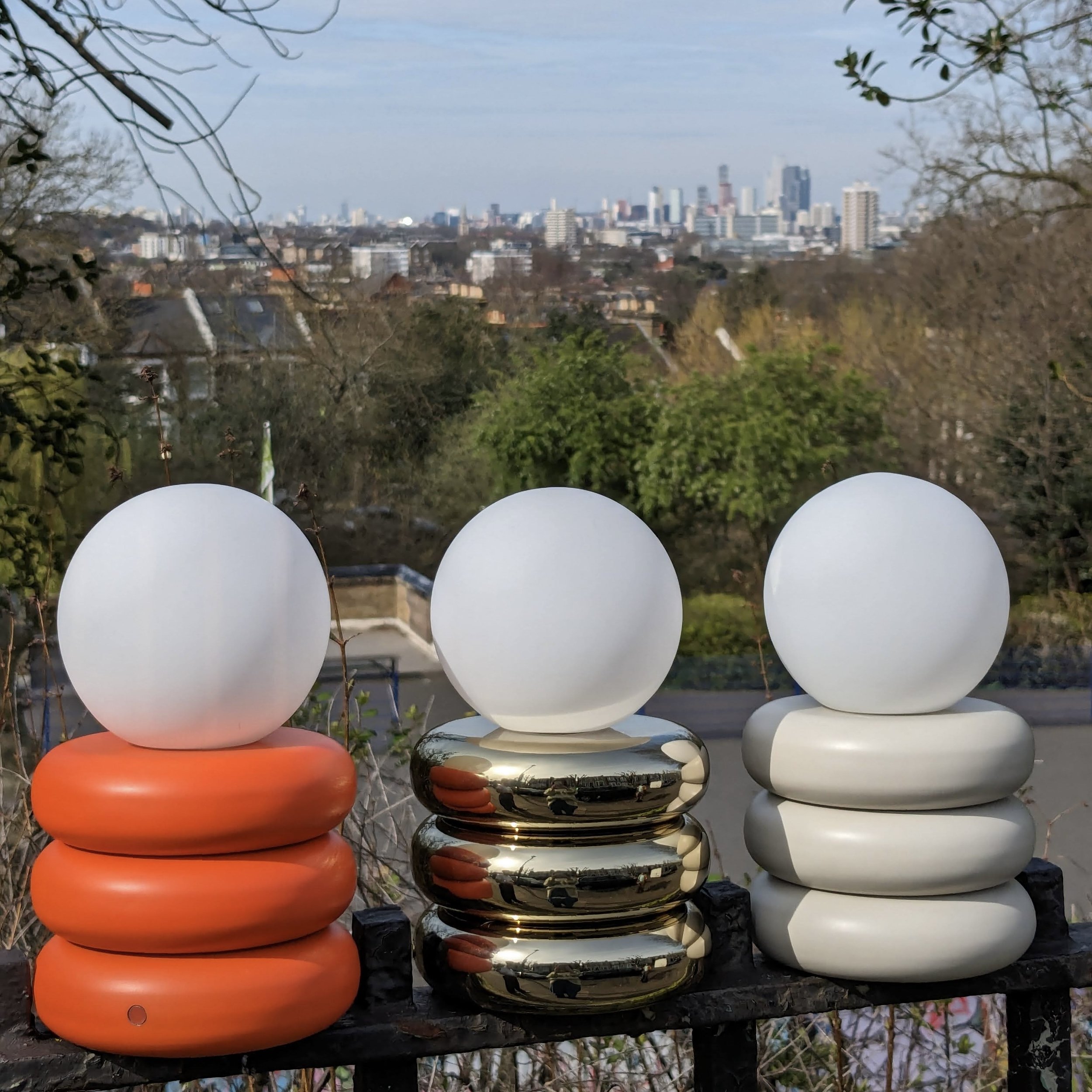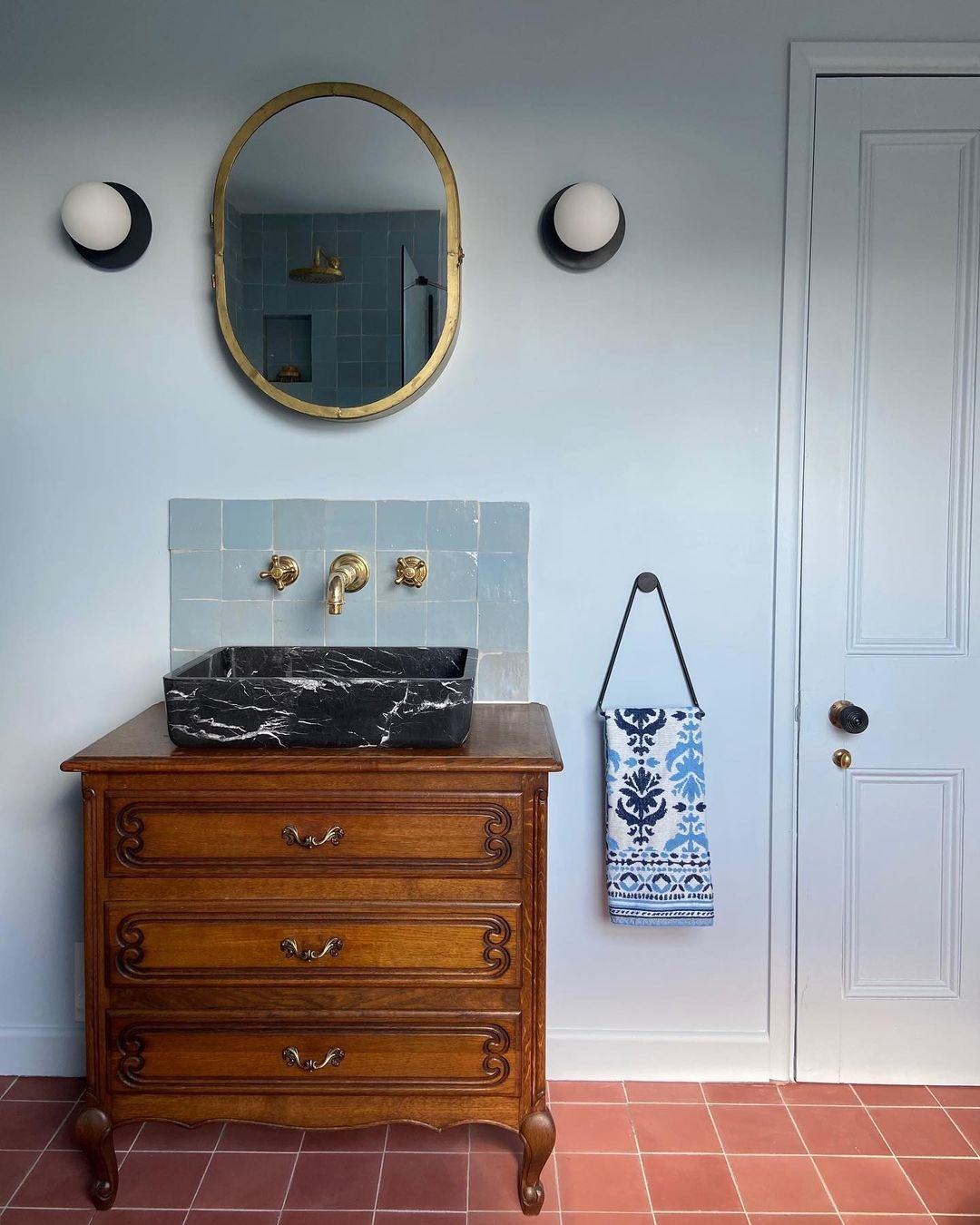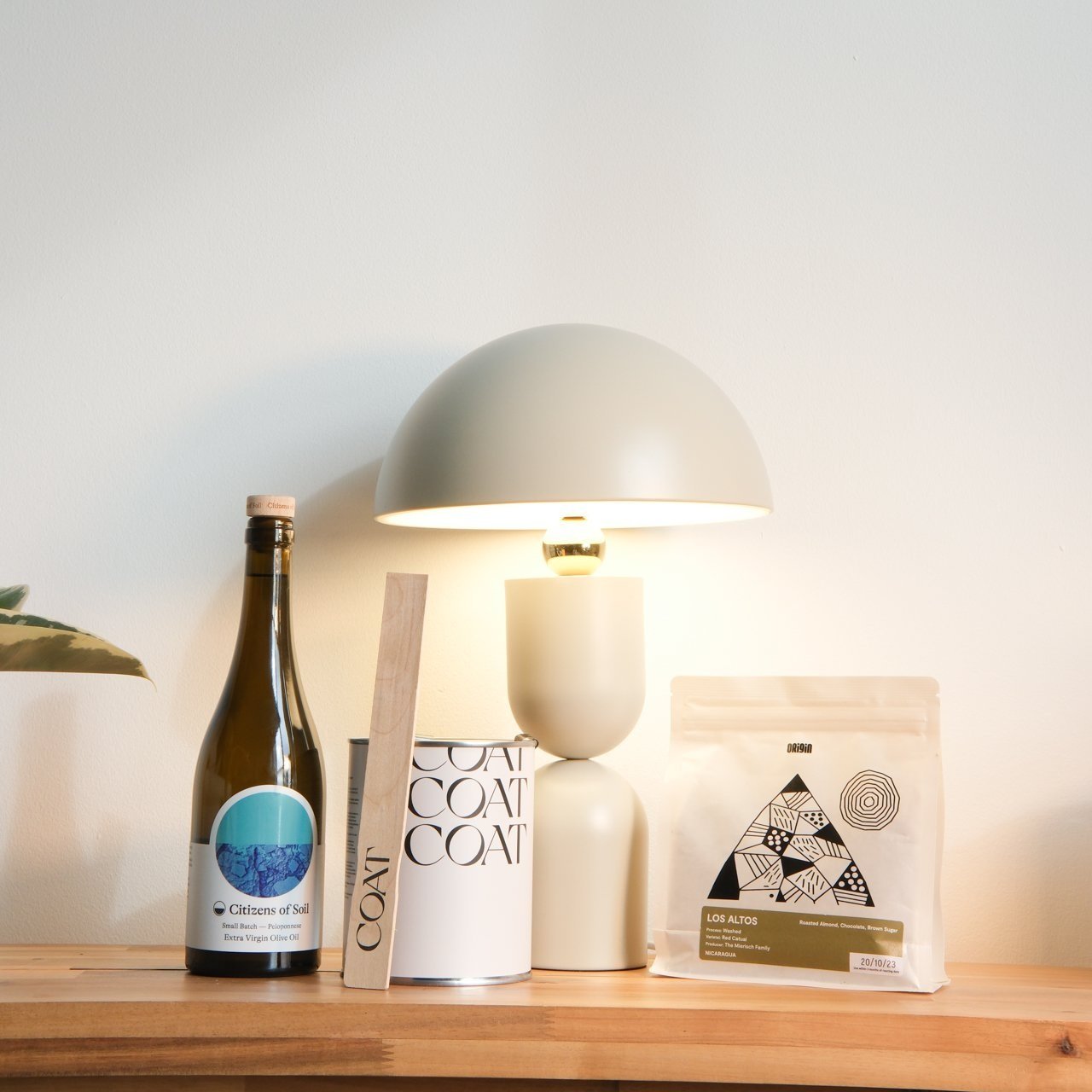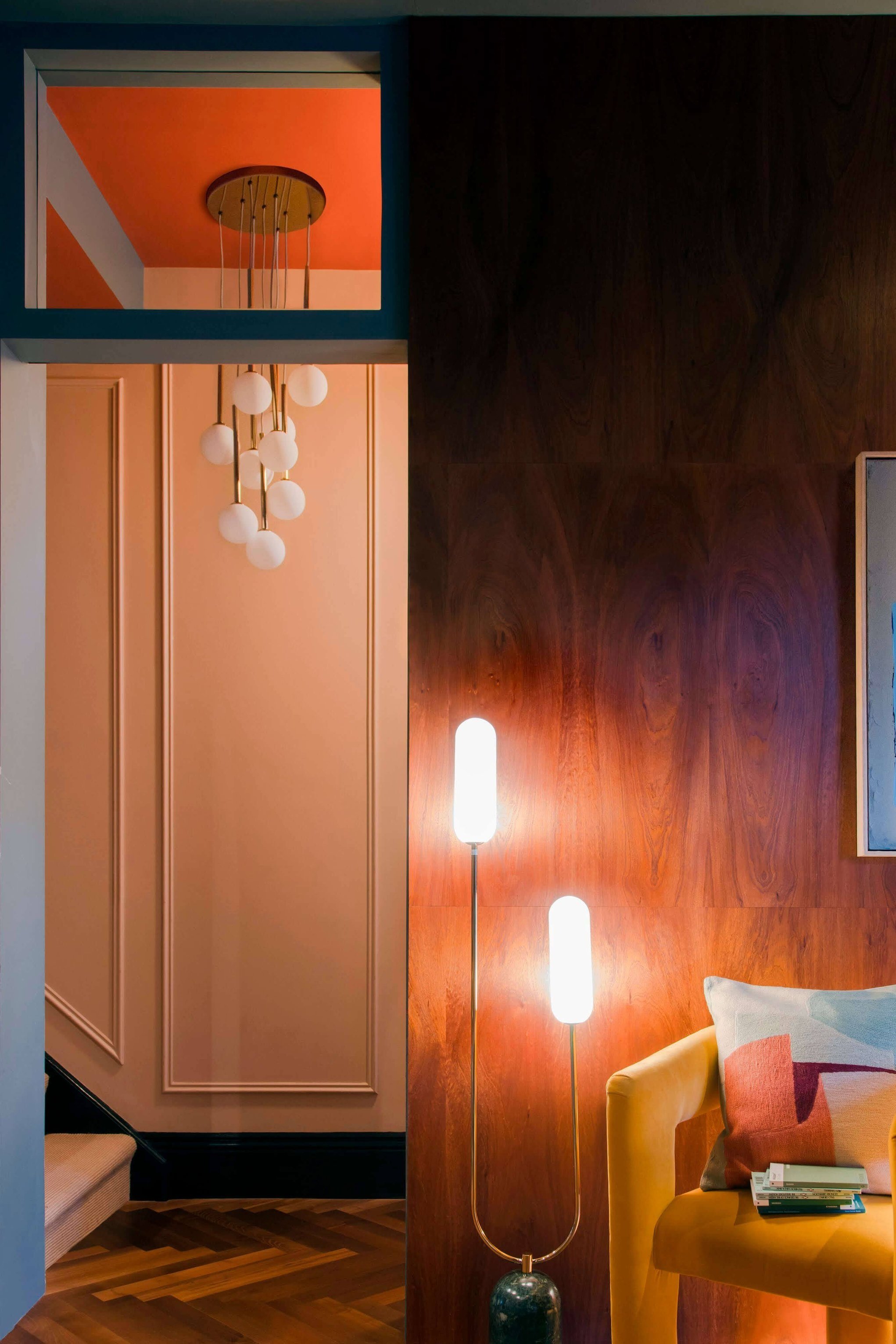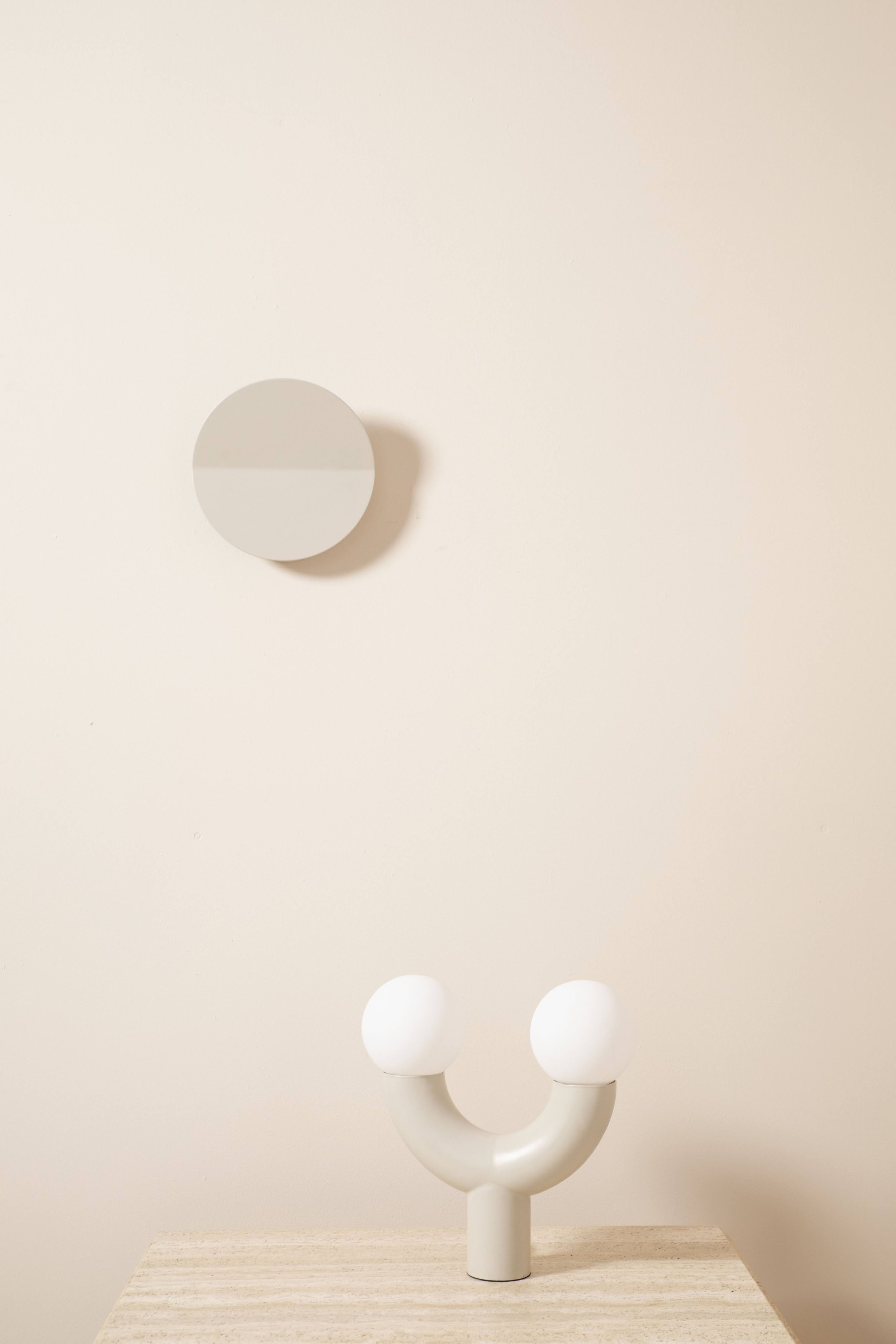A Beginner’s Guide To Kitchen Lighting
Rumour has it that the key to cooking up a storm in the kitchen is adequate, atmospheric lighting — and we reckon it’s true! While you need to be able to see your ingredients (and where you’re putting them), you also need to be in a relaxed frame of mind as you pull on your apron.
To ensure a calm and successful dinner time for you and your family, we’ve gathered up our best kitchen lighting ideas, so you can understand how to create a lighting scheme that offers practical solutions in a tone that will keep you calm.
Layered Lighting
As with any room, it’s best to consider the lighting effects you wish to execute before choosing your fixtures. To make life easier, we’ve separated these lighting effects into three categories:
1. Ambient lighting
Ambient lighting is the primary light source of a room, the foundational glow that spreads evenly from wall to wall. This is usually provided by the main ceiling light, but wall sconces or recessed light fixtures are also suitable sources.
2. Task lighting
Essential for your cooking process, task lighting refers to bright and direct light that focus on specific areas, usually provided by wall lights, ceiling pendants, table lamps and floor lamps. In this instance, task lights would be required to brighten your kitchen islands, sinks, countertops — and any other work surfaces in need of targeted illumination.
3. Accent lighting
Accent lighting is a decorative addition to a lighting scheme, intended to highlight architectural features, artwork or furnishing in your kitchen. This kind of lighting can also be provided by wall lights, table lamps and floor lamps. Ideally, these lights should be powered by bulbs that are at a brightness level that makes an impact, without dominating the scene.
Interior designers recommend a layered lighting scheme in the kitchen. This means employing a variety of lighting fixtures — table lamps, floor lamps, ceiling lights and so on — to combine the effects of each (as outlined above) for a rich and varied result. For example, ceiling lights are ideal for ambient lighting, but not so much for task lighting. However, if you were to add a couple of practically positioned wall lights to your base layer ceiling light, then you’d immediately advance your set-up, making it functional as well as aesthetically pleasing.
Now you know the three types of lighting required to provide an efficient lighting scheme, let’s explore how you can effectively incorporate each into your kitchen.
Kitchen Ambient Lighting
The most common sources of ambient lighting are ceiling lights, specifically flush-mount and semi-flush-mount fixtures, chandeliers and pendant lights. Whichever you choose, we recommend you install it directly above your kitchen island, if you have one, for maximum visibility, or in the centre of your ceiling.
Recessed lights are an alternative option as your main source of ambience. These fixtures are installed directly inside your ceilings, shining down with a spotlight effect. They’re usually circular and styled in multiples. We suggest you leave some distance between each recessed light, around half the height of your ceiling, for an even distribution of light and a neat finish.
Kitchen Task Lighting
Envision yourself in the kitchen, preparing a meal. Which areas of your kitchen do you use the most? We suspect it’s your countertops, cabinets, draws, sinks, and the pathways you use to move between each of these hotspots. If we’re correct, then this is where you should be aiming to provide task lighting, and here are our thoughts on how you can pull it off:
Kitchen Cabinet Interiors & Drawers
We can all agree that the fridge light is infinitely handy — no fumbling fingers when looking for a midnight snack, you can see everything in stock, crystal clear. So, why not make it an equally easy viewing experience inside your cabinet interiors and drawers? With a light installed on and around these compartments of your kitchen, you can find the utensils you need in a jiffy, and get a good look at all that’s lingering in your cupboards.
To do the deed, we’d recommend LED strip lights. A strip light is a flexible circuit board, composed of surface-mounted lights, often fixed on cabinets, cupboards and counters for uplighting and downlighting. They’re a very popular source of under cabinet lighting, illuminating surfaces below them, and shining reflectively to brighten areas above. You can also use strip lights inside your kitchen drawers, under the lip of the front panel that protrudes inwards, to the left and right hand sides, or at the back. For a modern, energy-saving approach, you can set these internal strip lights up for a switch motion sensor, so that the lights automatically turn on when you open the drawers, and off after you’ve closed them.
Kitchen Island & Countertops
Your countertops are where most of the magic happens, so they need to be visible! Countertops snaking around the perimeter of the kitchen usually sit below cabinets, so under cabinet lighting would be a suitable method of illumination here. The only consideration is that shiny-surfaced countertops (such as those made from granite or marble) may need a diffused light source above to prevent a reflected glare.
To illuminate your kitchen island, you’ll want to build upon the glow of your ambient kitchen ceiling lights, and merge some task lighting into the mix. We suggest manipulating your accent lights, such as table lamps and wall lights, to brighten the island as much as possible. You could also use some recessed lights for more support from above, and any decorative pendants you choose to install will naturally offer a helping hand.
Kitchen Sink
There’s nothing worse than drying up your dishes and finding you’ve missed a spot. It’s not necessarily your fault, though. You might have done a shoddy job because you can’t quite see what it is that you’re supposed to be scrubbing. Luckily, you can save yourself a rewash and maximise the brightness of your kitchen sink by installing an extra light fixture to expose the subtlest of splodges. As the sink tends to get wet and soapy, we reckon overhead lighting is your best bet for safety. Install a set of recessed lights above your sink, or a drop-down pendant with a focused light flow. You could also direct the beams from your decorative lighting in the general sink area, for supportive background lighting.
Kitchen Accent Lighting
Once you’ve secured the foundations of a well-lit kitchen, it’s time for some decoration; the icing on the cake. To draw out the best features of your kitchen — architectural detail, artwork and hardware — position some wall lights, table lamps and low-hung pendant lights accordingly. If you opt for a team of striking, structural designs as your decorative lighting, they will become decorations themselves, and can bask each other in mutual illumination.
General guidance suggests that your accent lighting should have a minimum contrast ratio of 3:1, which means that your accent sources should be at least three times brighter than the surrounding light in the room, to truly pronounce itself. To really bring out your best features, go for a 5:1 ration, but anything greater will be too bright.
As we’ve emphasised, it’s important to establish the requirements of your lighting scheme before you determine the elements involved. Which types of lighting effects do you want to create and where do you want them to shine? Once you know what you’re after, it’s time to find your ingredients, and our site would be a good place to start! We’ve an extensive collection of ceiling lights, wall lights, table lamps and floor lamps, all of which can be teamed together to create houseof’s signature recipe for a bright and beautiful kitchen.



